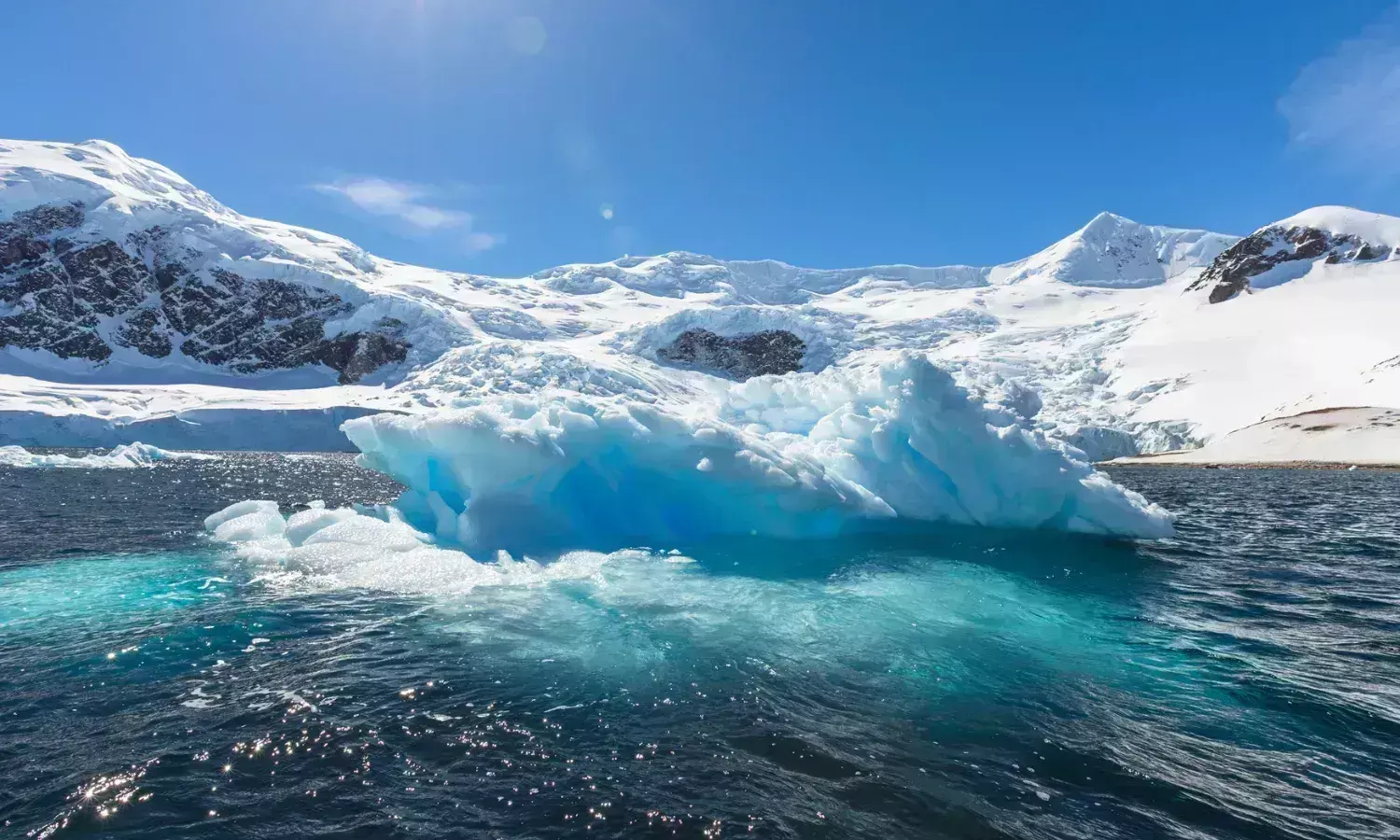Wed Dec 10 2025 09:16:15 GMT+0530 (India Standard Time)
Antarctica's Unexpected Salty Waters: Unveiling a Dangerous Climate Feedback Loop
Scientists have made a significant and concerning discovery in the Southern Ocean: the surface waters around Antarctica

Scientists have made a significant and concerning discovery in the Southern Ocean: the surface waters around Antarctica are becoming saltier, even as the region's vast sea ice rapidly disappears. This unexpected change was identified using data from the European Space Agency’s SMOS satellite and underwater robots. Researchers from the University of Southampton, in collaboration with the Barcelona Expert Centre and the European Space Agency, developed advanced tools to track these shifts in ocean salinity and temperature.
Their study revealed a surprising reversal around 2015. For decades prior, the Southern Ocean's surface water had been getting fresher. However, this trend sharply reversed, with salinity now rising as sea ice declines. This finding is deeply troubling because rising salinity fundamentally alters the ocean's dynamics, potentially leading to catastrophic effects on our environment and our understanding of climate change.
Unexpected Salinization Despite Ice Melt
It's commonly understood that melting ice should make ocean surface waters less salty. However, despite Antarctica losing a massive amount of sea ice since 2015—an area comparable to Greenland, representing one of the most significant environmental changes in recent memory—the surface waters south of 50° S latitude have become saltier. Dr. Alessandro Silvano, the study's lead author, highlighted this contradiction, stating that "melting ice should freshen the ocean, not make it saltier. Yet SMOS satellite data reveal the opposite is occurring."
A Dangerous Cycle of Warming
This increase in surface salinity is dramatically changing the ocean's structure. Normally, a layer of cold, fresh water floats atop warmer, saltier water, effectively trapping heat deeper in the ocean. This stable layering helps keep surface waters cool and promotes the formation of sea ice. However, as surface waters become saltier, they also become denser and begin to sink. This process mixes the ocean's layers, allowing warmer water from below to rise to the surface.
This upward movement of warmer water melts the sea ice from underneath, making it much harder for new ice to form, even during winter. This creates a perilous feedback loop: saltier surface water pulls up more heat, which melts more ice. As the ice melts, more salt is released, further increasing salinity and reinforcing this destructive cycle. A stark example of this change is the Maud Rise polynya, a huge area of open water in the Weddell Sea. This massive hole, nearly four times the size of Wales, reappeared in 2016–2017 after not being seen since the 1970s, serving as a glaring sign of the ongoing changes.
Far-Reaching Global Consequences
The extensive loss of sea ice around Antarctica is not merely a regional problem; it has severe global implications:
It could disrupt major ocean currents and consequently alter climate patterns worldwide.
. Less sea ice means more dark ocean surface is exposed to sunlight. This leads to increased heat absorption by the ocean and its release into the atmosphere, accelerating global warming.
. The melting ice directly contributes to rising sea levels, posing a significant threat to coastal communities globally.
. Antarctic wildlife, including penguins and seals, face direct threats as their vital sea ice habitats shrink, impacting their breeding and feeding grounds.
. Marine ecosystems are also severely affected. Tiny krill, a crucial food source for whales and seals, depend on algae that grow beneath the ice. Without sea ice, entire food webs are disrupted, endangering many species.
The Antarctic region, once considered a stable frozen zone, is rapidly becoming a volatile environment with significant global repercussions. Studying the Southern Ocean is extremely difficult due to its isolation and harsh conditions. However, the use of advanced satellite technology and in-situ measurements has been crucial in creating a comprehensive 15-year dataset of these changes.
Dr. Silvano's warnings highlight that these findings suggest humanity "might be closer to passing a tipping point than expected." He believes we may have "entered a new state defined by persistent sea ice decline, sustained by a newly discovered feedback loop." Given these rapid and unforeseen changes, continuous satellite and on-site monitoring remain essential to understand and predict the profound consequences for our planet.
Next Story

